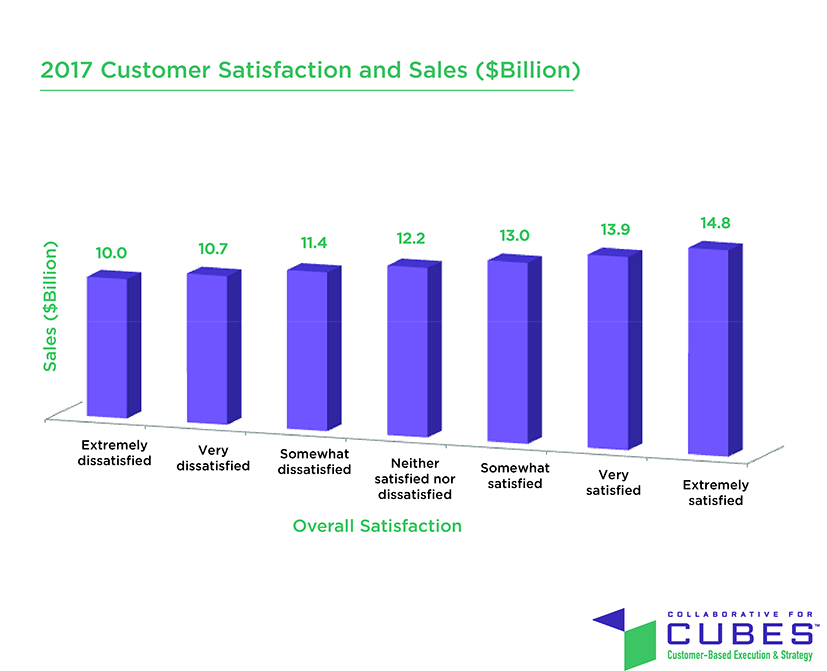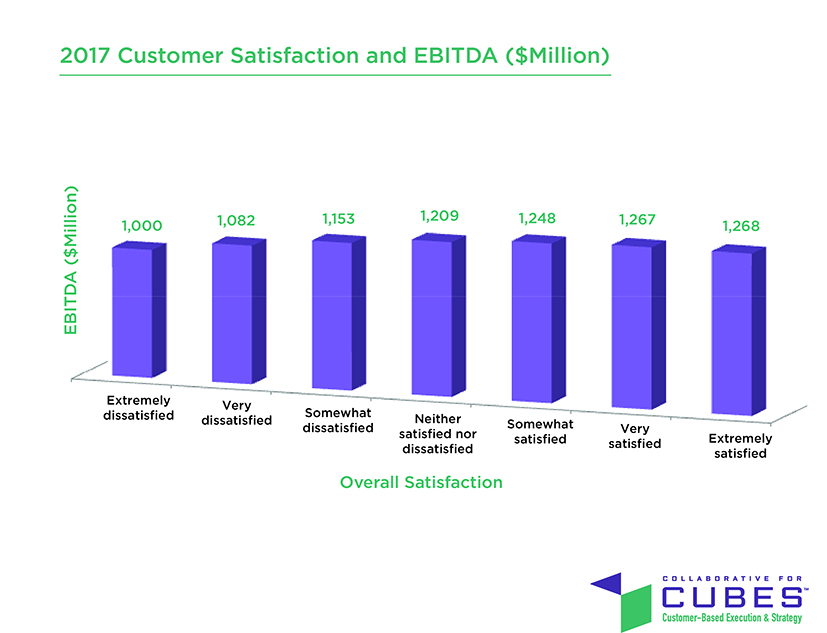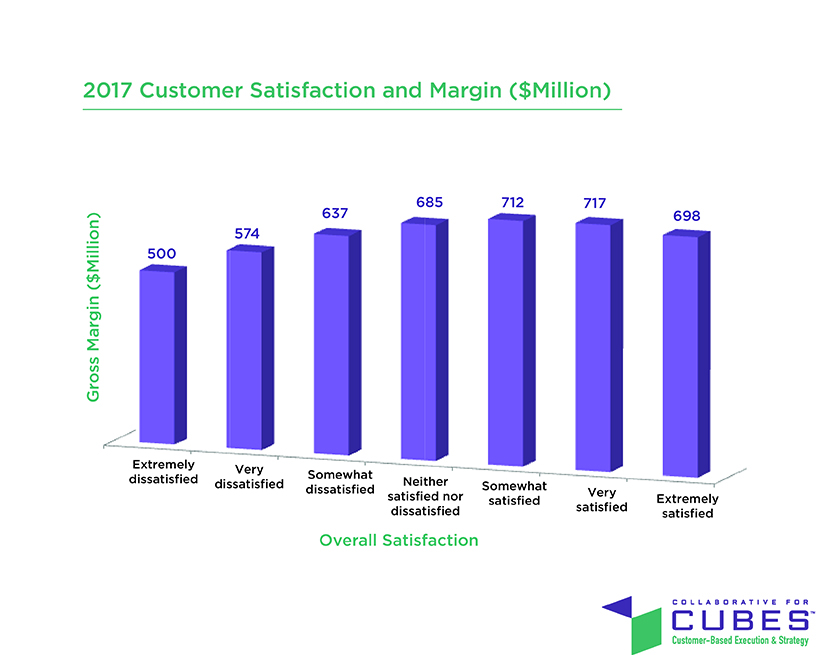Article
How to Measure Brand Value for Mergers & Acquisitions

The merger and acquisition (M&A) arena set to light up as the year progresses. In the United States, less stringent regulations in financial services will see a flurry of M&A activity among mid-sized U.S. banks.
In Europe, quickening economic growth is already paving the way for major deal-making and dividend payouts; while the Asia Pacific (APAC) region is predicted to remain a center of active M&A pursuits.
Yet, fewer than half of mergers and acquisitions are successful. One reason is that acquiring firms (acquirers) are unable to evaluate the brand value of firms being acquired (target firms).
But as companies vie for market share, return on investment (ROI) is thrust decisively into the spotlight. Securing the best value possible is an immediate priority, especially for acquirers.
With that in mind, how can you determine whether or not an acquisition of the target firm will add value? How can you measure that company’s brand value?
Looking Through the Satisfaction Lens
To find out, we need to take a page from the C-CUBES™ B2B Benchmark Report. It explores the correlation between company performance and a customer-based approach.
A target firm’s brand value represents the extent to which it fulfills its promised value proposition to customers. Research shows that the best measure of fulfillment is customer satisfaction.
Therefore, target firms with increasingly satisfied buyers should have a more secure customer base with higher sales, earnings before interest, tax, depreciation amortization (EBITDA) and margin potential.
The B2B Benchmark Report demonstrates how you can calculate your target firm’s brand value using customer satisfaction.
For acquirers, their goal is defined by the extent to which it can retain customers from their target firms. The best predictor of retention ties back to satisfaction.
Whether your company is an acquirer or target firm in a potential M&A deal, customer satisfaction is vital in the pursuit of growth and ROI.
Factoring in Sales, EBITDA & Margins
Sales
According to the C-CUBES™ B2B Benchmark Report, a company with $10 billion in sales will experience a healthy rise in annual sales as the level of overall satisfaction increases. Figure 1 demonstrates that an average firm will suffer from flat sales when customers are extremely dissatisfied. But sales will surge to $12.2 billion toward the center of the spectrum.

Figure 1, courtesy of C-CUBES™
This $2.2 billion increase indicates that even a marginal improvement can make a significant difference. And sales subsequently skyrocket from $12.2 billion $14.8 billion when customers are extremely satisfied.
While this association sets the scene for customer satisfaction influence at a transactional level, does it tell the same story for EBITDA and margins?
EBITDA
The C-CUBES™ B2B Benchmark Report notes that “many B2B boards and CEOs use EBITDA as the key metric for evaluating the short-term and medium-term health of their company.”
In the Report, a distinct pattern emerges for firms with annual sales of $10 billion and EBITDA of $1 billion.
Figure 2 reveals noticeable EBITDA increases in the dissatisfied range compared to the satisfied range, where increases are less pronounced. Companies with EBITDA of $1 billion are likely to see a $1.21 billion gain as customer satisfaction shifts from extremely dissatisfied to a neutral state.
 Figure 2, courtesy of C-CUBES™
Figure 2, courtesy of C-CUBES™
In contrast to Figure 1, EBITDA subsequently plateaus and decreases as customers are gradually pleased and won over. This paints a different picture from the satisfaction-sales dynamic explored earlier.
Margins
The B2B Benchmark Report’s data on margins exposes a strikingly similar trend found in Figure 2. Setting the scene for a firm that has $10 billion in sales and $500 million in margins, the Report shows an early and evident increase.
 Figure 3, courtesy of C-CUBES™
Figure 3, courtesy of C-CUBES™
In Figure 3, margins grow by $185 million to settle at $685 million between extremely dissatisfied and neither satisfied nor dissatisfied. Yet, growth stagnates as customers become happier, eventually declining from very satisfied onward.
Finding the Sweet Spot When Contemplating M&As
Sales exhibit a gradual increase in returns while EBITDA and margins illustrate eventual declines. This disparity shows you cannot rely on the belief that more sales will routinely drive EBITDA and margins, respectively.
According to the C-CUBES™ B2B Benchmark Report, companies tend to take the easiest course of action to increase EBITDA when customers are dissatisfied. But when customers are satisfied, companies need to figure out how to achieve truly meaningful results.
“As they find incremental advances in customer satisfaction, they erode margins and EBITDA even as they increase sales,” the Report notes.
“The sweet spot for maximizing financial performance is somewhere around Very Satisfied customers, rather than Extremely Satisfied customers.”
As the acquirer, you can use the C-CUBES™ Benchmark Study to calculate several loyalty metrics and determine your target firm’s brand value. Once you collect that data, you can quantify the firm’s potential worth.
When evaluating a company, your executive team should go beyond financial metrics and incorporate brand metrics based on valuation. The C-CUBES™ study can help your firm assess brand health in a rigorous manner to improve the odds of a successful merger or acquisition.
Keep an eye out for our next article. We’ll deep-dive into the brand value measurement methodology to help inform and accelerate your M&A strategy.
Don't Lose Brand Value During M&As
Keep track of all your important brand considerations during your mergers and acquisitions journey. Download our comprehensive "M&A Rebrand Checklist" to ensure you don't lose brand value during mergers and acquisitions.

